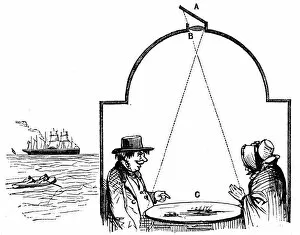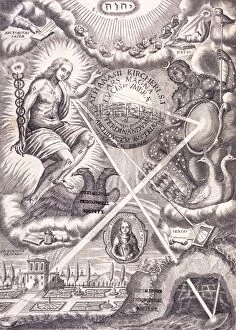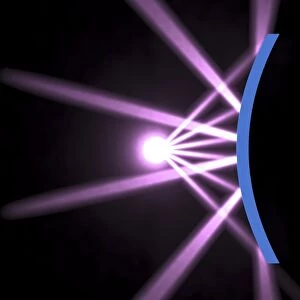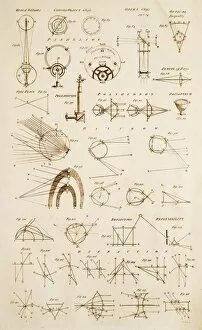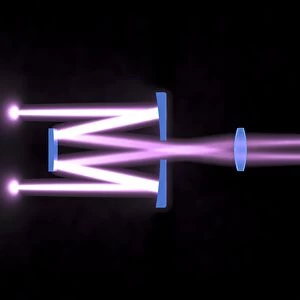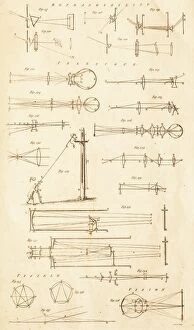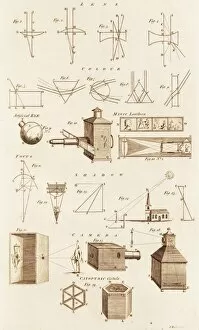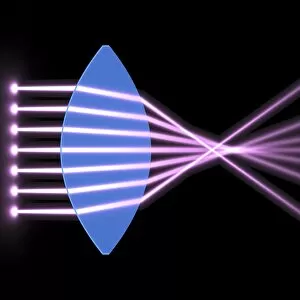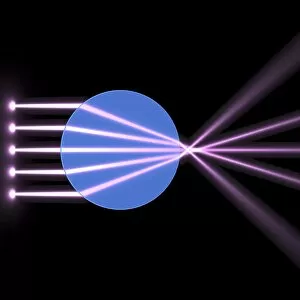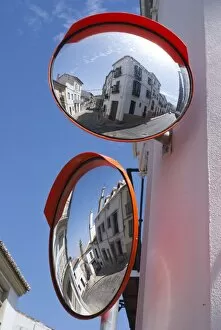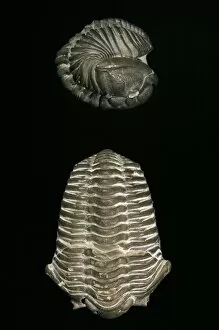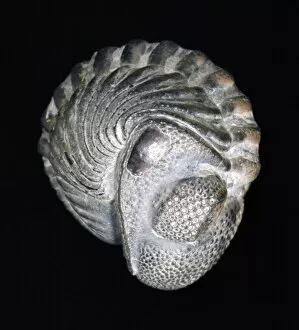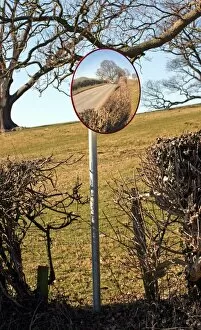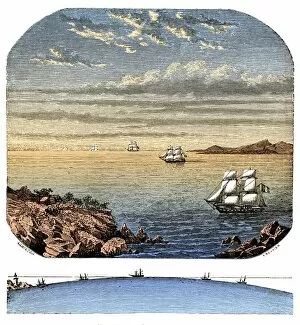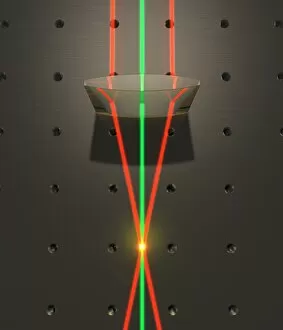Convex Collection (page 2)
"Exploring the Enigmatic World of Convex: From Van Eyck's Arnolfini Portrait to Hollow-Face Illusions" Step into a mesmerizing realm where art and perception intertwine
For sale as Licensed Images
Choose your image, Select your licence and Download the media
"Exploring the Enigmatic World of Convex: From Van Eyck's Arnolfini Portrait to Hollow-Face Illusions" Step into a mesmerizing realm where art and perception intertwine, as we delve into the captivating concept of convexity. The journey begins with one of the most iconic artworks in history, "The Arnolfini Portrait" by Van Eyck. Notice how the convex mirror at its center reflects an alternate perspective, inviting us to question reality. Speaking of illusions, let's unravel the enigma behind hollow-face artwork. Prepare to be astounded by pieces like "Self Portrait at the Mirror, " where convex surfaces play tricks on our eyes, distorting dimensions and challenging our understanding of depth. Traveling through time and space, we encounter fascinating artifacts such as the ancient Berlin Gold Hat from 1000 BC. Its delicate craftsmanship showcases intricate convex patterns that shimmer with fine gold leaf—an exquisite testament to human ingenuity. Venturing further into diverse cultures, we stumble upon unexpected treasures like the Moluccan Shield from Indonesia. Crafted from wood and shells, its convex shape not only provides protection but also symbolizes strength and resilience within indigenous communities. Intriguingly mysterious is a bell known as Nao from China's Western Zhou dynasty (1046-771 B. C. ). With an unknown creator but unmistakable convex form, it resonates with historical significance—a tangible link to ancient rituals and beliefs. Fast-forwarding centuries brings us face-to-face with intriguing objects like Pair Mirrors (1810/30). Their elegant design captivates viewers while reflecting distorted images that challenge conventional perspectives—proof that even everyday objects can become works of art. Continuing this visual exploration takes us to George Loughridge's Looking-glass (c. 1936), a masterpiece showcasing both simplicity and complexity simultaneously. Its curved surface bends light rays in unique ways—transforming our reflection into a kaleidoscope of possibilities.


